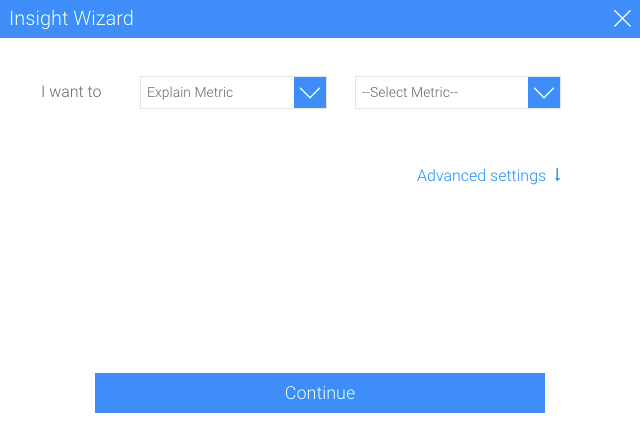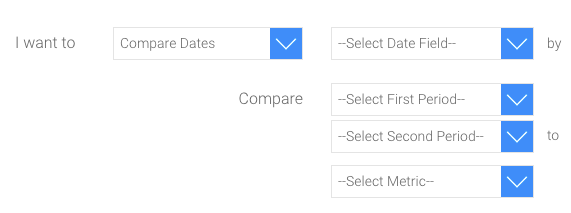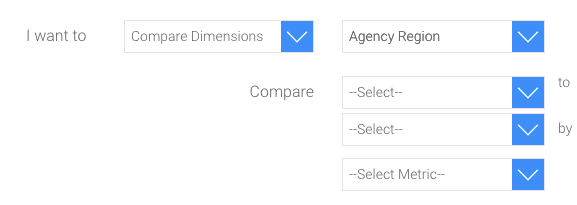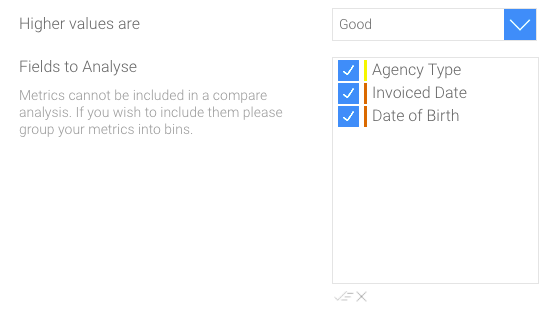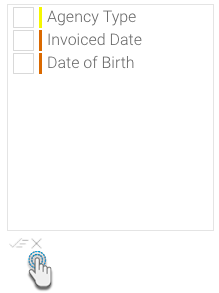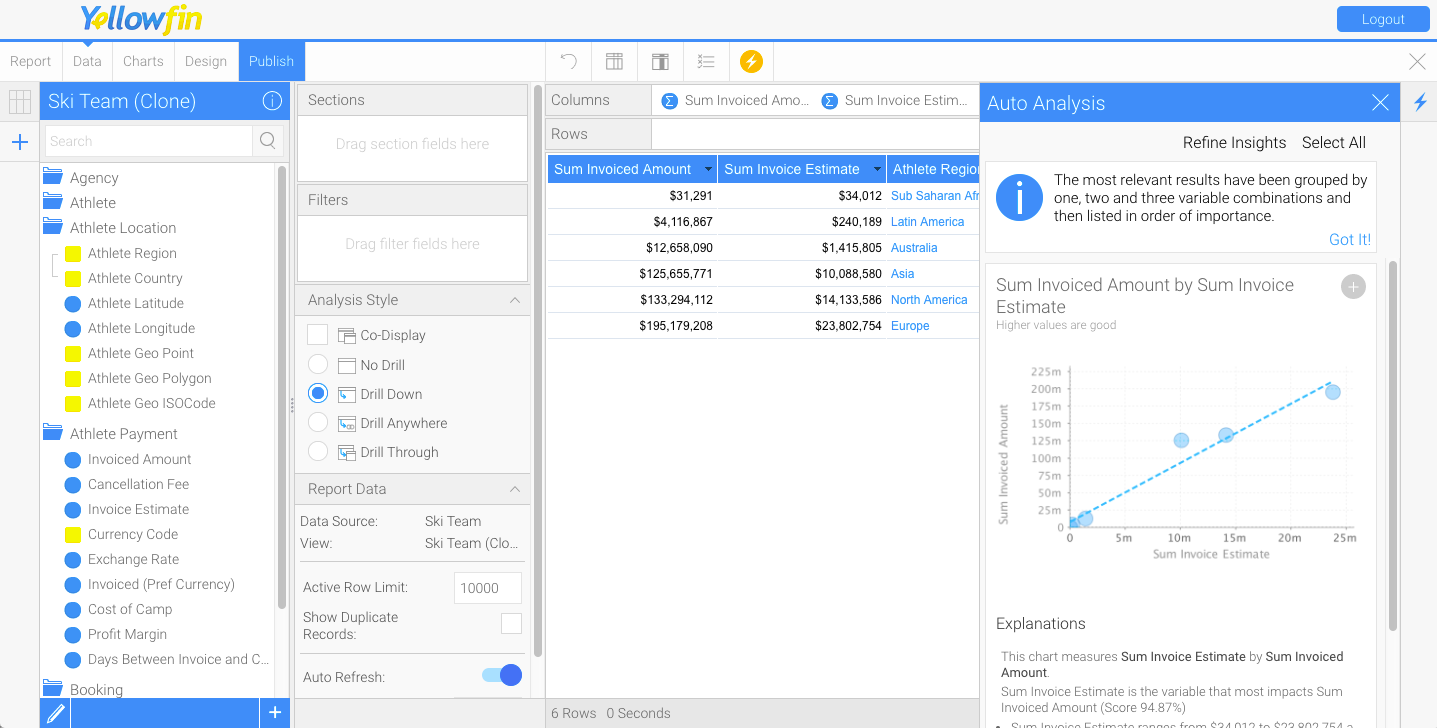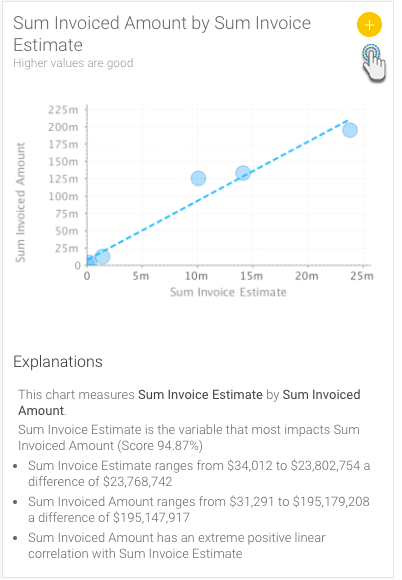Page History
...
Create a new report using the Report Builder in the normal way. Drag in the values that you want included in the report.
Info The Assisted Insights feature only works with standards reports; it doesn’t support cross-tab reports. When building a report for Assisted Insights, only add values to the columns section.
- Click on the Smart Analysis button.
- An Insight Wizard will appear. Use it to make selections so that it generates the most appropriate insights.
- Select the type of analysis that you want to do. For example understanding the drivers for a single metric, or comparing metrics or dimensions to understand differences. Depending on the option selected, additional information needs to be provided.
- Here’s an overview of these options:
- Explain Metric: Choose this option to allow Yellowfin to better explain a single metric. Yellowfin will identify related data that most influences the chosen metric. The specific metric of interest needs to be selected from the next drop down. For example, you may want to understand Actual Revenue (metric).
- Compare Metrics: This option compares the values and drivers of two chosen metrics. For example, you may want to compare Actual Revenue (metric) to Planned Revenue (metric).
- Compare Dates: Use this option to compare a single metric across two time periods. You will need to select the specific date field that represents the time period, the metric you want to compare, and the two time periods that you want to compare. For example, you may want to compare Actual Revenue (metric) for Sales Date (date field) from this year to last year (time periods).
- Compare Dimensions: Use this option to compare a metric across two dimensions. You will need to select the dimension that you want to compare, the metric that you are comparing, and then the specific values of the dimension. For example, you may want to compare Invoiced Amount (metric) between Regions (dimension) Asia and Europe (dimension values).
- Explain Metric: Choose this option to allow Yellowfin to better explain a single metric. Yellowfin will identify related data that most influences the chosen metric. The specific metric of interest needs to be selected from the next drop down. For example, you may want to understand Actual Revenue (metric).
- You can expand the Advanced Settings option to apply a few additional preferences to your automated chart creation.
- Let the wizard know whether higher data values are good or bad for the result you have in mind. For example, higher values of Sales are good.
- You can also select and deselect specific fields to be included in the analysis to narrow down the data you wish Yellowfin to perform the background analysis on. For example, remove any fields that are not likely to be relevant, such as Date of Birth. Removing fields can also make your analysis run faster.
- Click on the de-select all button to remove all the fields from selection.
- Or click on the select all button to choose them all.
- Click on the de-select all button to remove all the fields from selection.
- Click on the Continue button after providing the details.
A new Auto Analysis panel will appear in the report builder, displaying the results of the analysis process. These insight results will be generated based on the options that you selected in the previous step; and will be displayed in order of statistical relevance.
Note The chart type selected by Yellowfin depends on the type of data. For example, if the values are both metrics, then a scatter plot graph will be generated.
- A narrative explanation is also provided with each of the charts, allowing you to better interpret the results of the analysis.
- Double-click on a chart or click on its add icon to select it. This will copy the selected chart to the chart builder page. You can include multiple charts in your report this way.
- Once you have selected the charts you want to keep, proceed to the Chart Builder by clicking on the Charts button in the toolbar.
- Your chosen charts will already be there.
- You can still view the other unselected automated charts , that you did not select, by clicking on the insights icon on the right side of the Data screen.
These charts can now be used to build and publish reports in the normal way. You have now rapidly created relevant report content with a fraction of the effort it would normally take to analyse analyze data and build reports.
Note If you perform these assisted discovery steps again, the charts from the previous analysis will be removed from the Auto Analysis panel; however the ones you had selected will remain on the Chart builder page.
...

